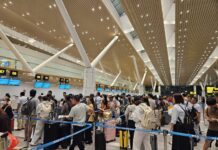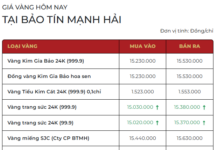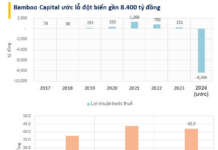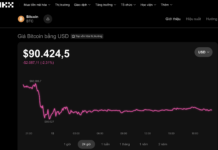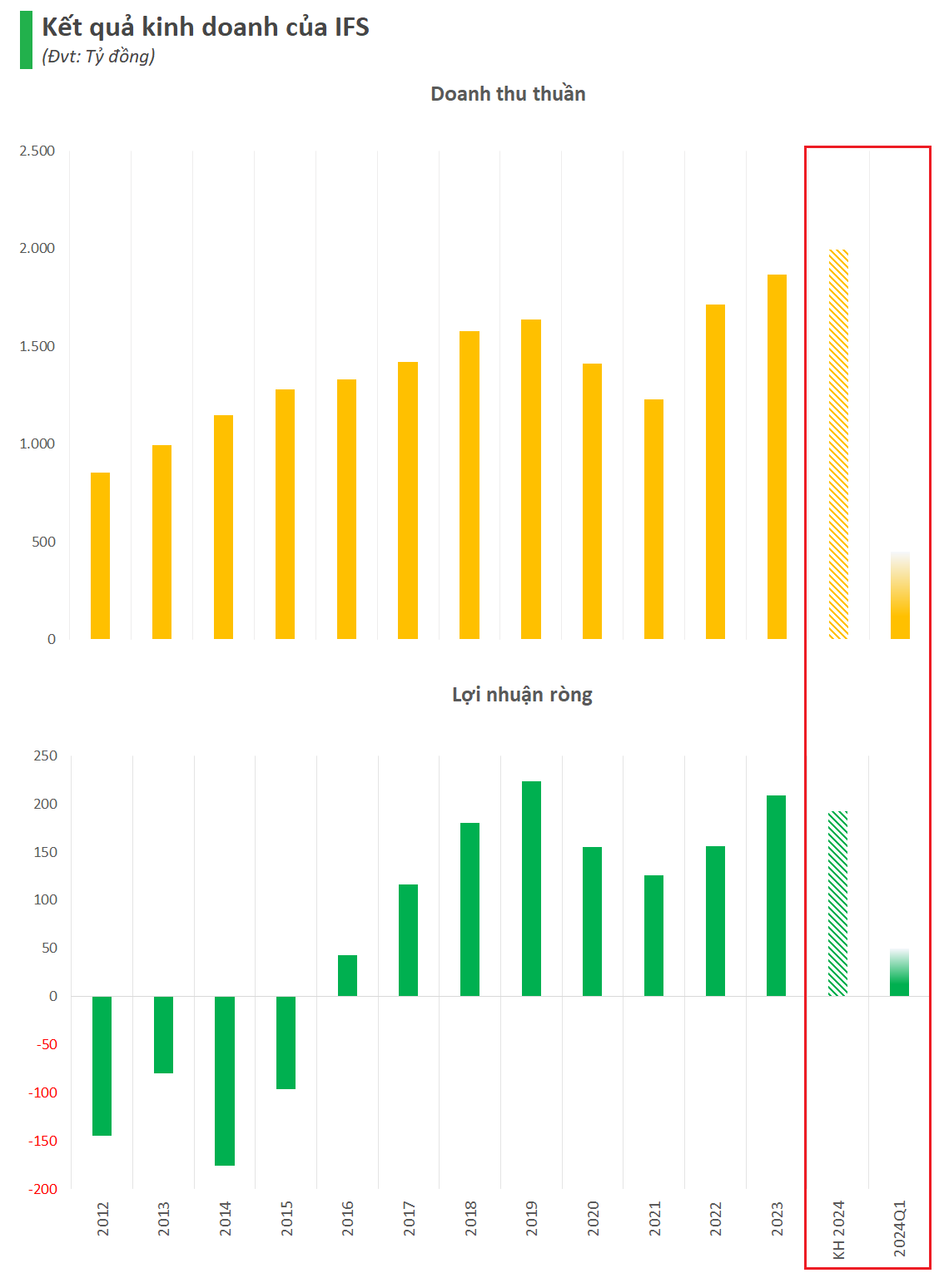
In particular, VNR will establish a management, maintenance, and operation of high-speed railways limited liability company (with VNR holding 100% of the charter capital) to receive the infrastructure assets of the North-South high-speed railway construction project, including bridges, tunnels, roadbed, signaling information systems, electrical systems, and other related infrastructure assets of the high-speed railway.
The high-speed railway transport member limited liability company (also with VNR holding 100% of the charter capital) will receive the vehicles, equipment, and industrial facilities of the high-speed railway investment project to operate transportation services and collect infrastructure rental fees for the high-speed railway; and call for other enterprises to cooperate and do business together.
According to the project, given the length of investment on the North-South high-speed railway line is 1,545 km, it is estimated that 8.98 personnel are required per km to manage, operate, and exploit the high-speed railway in Vietnam.
Therefore, the total expected workforce for the high-speed railway project is 13,880 people. In which, phase I (2027 – 2035, constructing the first two sections with a total length of about 651 km) is estimated to require 5,943 people; phase II (2035 – 2040, constructing the remaining sections with a total length of about 894 km) is estimated to require 7,937 people.
Within the 2025 – 2027 phase, VNR plans to train 200 key personnel, including key personnel, teachers, technicians, project finances, funded by the Corporation and its subsidiaries.
VNR also proposes a corresponding restructuring roadmap for the high-speed railway project.
In the 2025-2030 phase, the VNR’s current management organization model will be basically maintained but all units will increase their capacity and personnel scale to both operate the current railway system and participate in the construction of high-speed railways.
In the 2030-2032 phase, the VNR’s management organization model will undergo significant adjustments, separating two distinct organizations: regular rail and high-speed rail; and establishing two units to manage and operate the high-speed railway.
In the 2032 – 2045 phase, the VNR will centrally and uniformly manage the existing railway network through the Railway Traffic Control Center.




